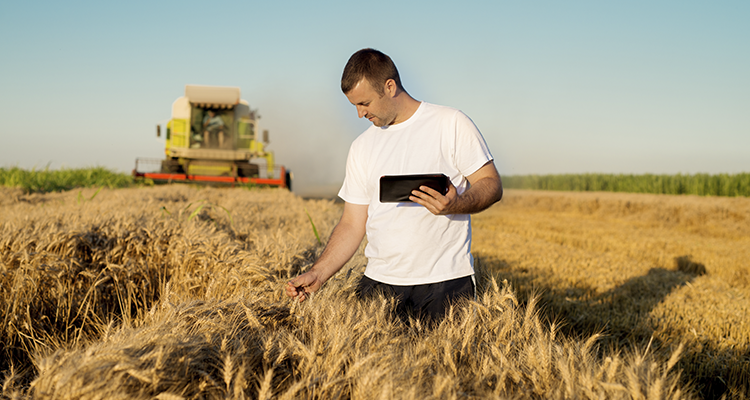The public’s growing environmental awareness also means more conscious agriculture. Increasingly, farmers are choosing to move away from chemical production methods to organic ones. As a result, the crops they harvest are greener and, above all, healthier to eat.
Balanced irrigation is very important for plant growth. It must be precise, properly selected for the crop, and above all – making optimal use of water: supplying it to the plant in an efficient manner and preventing water wastage.
Vertical farming, a type of agricultural production in which vegetables are grown indoors with controlled climate, lighting and nutrition systems and placed one above the other, rather than sown (planted) in horizontal rows as in traditional agricultural systems, has also become popular. This makes it possible to achieve higher yields with a small cultivation area.
An effective alternative to traditional organic farming can be hydroponics, a soilless cultivation method whose plant growth environment is various types of inert substrates, such as rockwool or coconut fibre. This method ensures access to nutrients, conditions even plant growth and eliminates the occurrence of soil-borne pests and diseases. Thus, it reduces or completely eliminates the need to use crop protection products.
Advances in technology have provided farmers with access to increasingly sophisticated tools and systems to help them work in the fields. Modern agriculture involves the use of drones, satellites and sensors, which contributes to greater efficiency and precision in agrotechnical treatments, while reducing costs and increasing yields.

